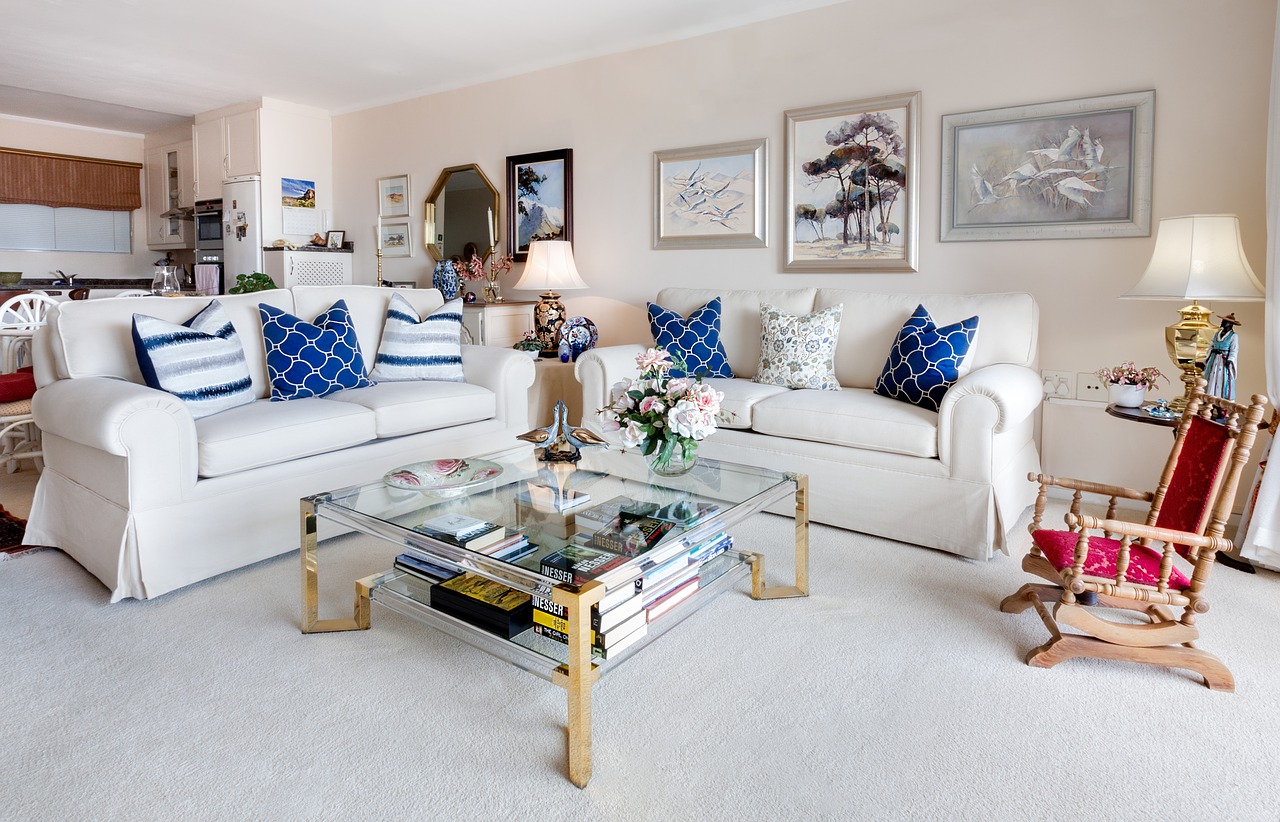You will quite agree with me that apartments are not the quietest homes tp live in. All sorts of noise pollution happen inside them. Most of which you have no control over. Now you may be looking for how to soundproof an apartment to help you have some peace and privacy.
The neighbors’ noise can sometimes with energy-draining. Especially when you are trying so hard to have a sound sleep after a hard day’s work or you simply want to enjoy a good movie on Netflix.
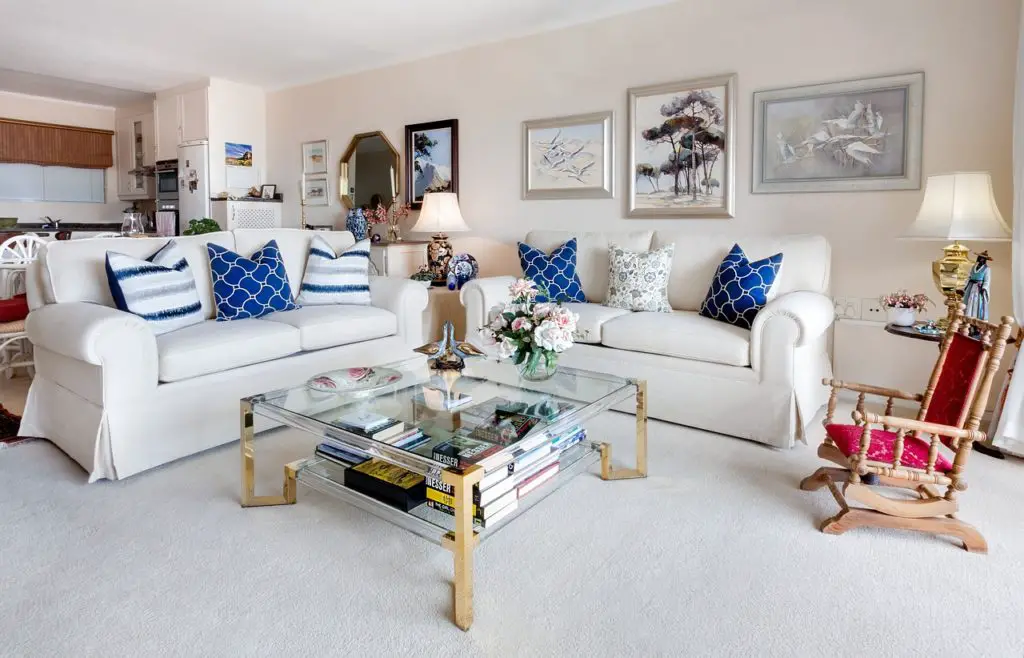
The loud conversations from the flat you are sharing walls with, the heavy footsteps of the neighbors above you or the highway traffic noise. There are countless unwanted sounds that can leak inside your apartment that you do not want.
The other way could also be you are the one who might be creating unwanted noise and does not wish to disturb your neighbors. In that case, also, you have to soundproof your apartment to prevent the noise from traveling out.
Now, you may be wondering how easy and cheap can soundproofing apartment be. Well, the most expensive way will be to get a professional to come and soundproof for you. But then, the cost will be expensive.
The other way will be for you to do it yourself and significantly cut costs and save some money. These soundproofing tips shared here can be implemented by yourself if you have some time and little money.
Let’s look at how you can soundproof your apartment from noise.
How to Soundproof an Apartment Cheaply
These are ways you reduce the level of noise that will entering or leaving your apartment. Since noise can come from any way into the room, you need to look at the possible places that the unwanted sound can leak in through and this includes; walls, door, floor, and ceiling.
You will see in a moment that with a few tweaks and little bit of work, you will be able to accomplish this project. Here are some techniques that work in noise control in the room.
1. Soundproof the Door
Your door entrance is one of the biggest places noise can get into the room. Any type f noise that happens outside the door will find its way into the room through various gaps and cracks on the door.
The two common types of noise we mostly deal with are airborne and impact noises. As their names suggest, airborne noise travel through the air; anywhere air can pass through, this type of noise will also. Examples of airborne noise include; television, conversations, etc.
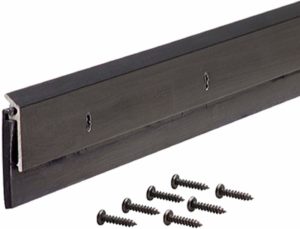
Impact noise, on the other hand, travels through structures and is a vibrational type of noise. This type of noise is created when one object impacts another. Examples include; a running washing machine, dishwasher, footsteps, stomping, etc.
How do we deal with these noises?. The best way is to add extra mass and to block all gaps and cracks.
Here are some ways to soundproof a door.
- Install a Door Sweep or a Draft Stopper: The gap between the door and the floor is the biggest in most doors. This gap can let in a lot of noise if not dealt with appropriately. To cover this gap, you can install a door sweep, a draft stopper or a weatherstripping foam tape. This will block any airborne noise that would have otherwise pass through there. The other benefit that comes with covering this gap is that you prevent bugs, insects from entering the room. You also save some energy on that.
- Add Extra Mass to Hollow Door: Most doors in apartments are hollow core doors. These types of doors are not the best when it comes to blocking sound. If your door is hollow, what you can do is add extra mass or use a soundproof material behind it to help in the sound absorption. You can do this by hanging soundproof curtains, soundproof blanket or even install acoustic fiberglass panels on the door. This way, the sound-blocking abilities of these soundproof materials will help to increase the door’s ability to block noise.
- Use Weatherstripping Tape Around the Door Frame: The door frame and jump can be a passage of noise if there are gaps in them. The way you can seal them is to use a weatherstripping tape and seal the frames and jump to prevent airborne noise from passing through.
2. Carpet the Floor
If you living in an apartment with floors been hardwood, concrete or tiles. You will agree with me that any small sound on them causes a lot of loud sounds. These surfaces are hard and if there is any sort of impact on them, the sound is loud and travels the entire building.
Soundwaves have a much easier time traveling through hard structures, as there’s nothing to stop them. Carpets and rugs add softness and density to the floor, and therefore, they do a much better job of absorbing noise.
One way to absorb or block the echoes is that you place a nice thick carpet on the floor or a floor rug pad. There are many different rugs you can find in the market today. Different designs, colors, thicknesses, and sizes to fit your room style.
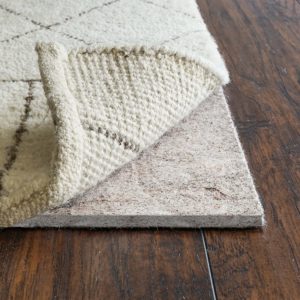
The carpet or rug is also able to help prevent footsteps noise for those downstairs, thus if you are leaving upstairs.
when noise enters the room the bounce around on the surfaces of the floor and the walls, but if there is a carpet or rug, it will absorb some of the echoes. Thereby reducing the noise.
3. Soundproof Your Walls
The walls can be one of the biggest places unwanted sound can pass through. Most apartments use drywall as the wall of separation between rooms. This drywall is not thick like brick and mortar walls that can reduce noise considerably.
Because of that, a lot of noise moves from one apartment to another through the walls. In apartments, your room is sharing a wall with your neighbor. You might not have control of what your neighbor does.
Your neighbor might be having his or her washing machine placed against that wall or their television set is mounted there or even worst their sofas place right against it.
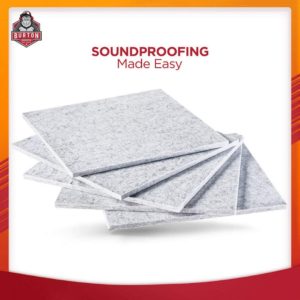
Either of these scenarios also will cause any sound to come inside your room through the wall. These are some of the ways you can deal with noise through the walls.
- Install Soundproof Acoustic Panels: Soundproof panels come in different colors, shapes, thickness, and sizes. Some are made of foam while others are made of fiberglass. These panels are cheap and effective at reducing echoes and airborne noise. They are effective for reducing noise with medium to high frequencies. For blocking only airborne noise, you can use the soundproof foam panels. But if you want to reduce both impact and airborne noise, I suggest you use the soundproof fiberglass panels.
- Install Soundproof Wallpaper: These are beautiful wall designs that have sound blocking abilities. You can get them in different 3D designs such as bricks, tiles and others. They are easy to install. They are usually self-adhesive. All you need to do is peel and stick to the wall and they can be removed at any time you want to remove them. They are also suitable for any room whether bedroom, living room, baby room, kitchen walls, etc.
- Hang Soundproof Curtains or Blankets: Do you know that you can hang soundproof curtains or blankets on the walls?. The way you hang them is exactly like when you are soundproofing windows or doors with them. You hang them using the hooks and rod. Install a rod and hang them. They can block and absorb sound to a certain degree. They won’t completely reduce the noise but will block a certain amount of sound energy.
4. Soundproof Your Window
A lot of noise can pass through the windows as well into the room. If you will need to seal off any gap or cracks on the window and the window frames. Using a weatherstripping tape, identify all gaps and seal them. You can also use green glue soundproofing compound to fill any hole or deep cracks that might need filling. It works great are sound damping.
After you have sealed all the gaps and cracks, you can hang soundproof curtains or blinds on the window. Soundproof curtains help in reflecting away outside noise and sunlight.
An acoustic curtain for an average-size window can weigh 15 pounds and lies flat against the wall or window trim to block out sound and deflect it back outside.
Related Reads:
How to soundproof ceiling in a room
5. Paint Walls and Ceiling with Soundproof Paint
Soundproof paint is a very thick acrylic paint that has a sound-deadening ability. They are usually thicker and denser than your ordinary paint. You can paint the walls and ceiling about 3 to 4 coats. The more layers you apply the better.

It must be mentioned that soundproof paint works for mild and low noise not loud noise. You will need to combine it with other soundproofing techniques to achieve the desired results.
6. Rearrange the Furniture in the Room
The truth of the matter is empty rooms make the most noise. You know why?. It is because the echoes and sounds have plenty of surfaces to bounce up and down. If there are enough items in the room, the echoes will be absorbed by them.
You can fill the room with items that can block sounds like sofas, bookshelf, cupboards, rugs on the floor. The way you arrange a room can change its acoustics. You can place the cupboards and bookshelf inches from the wall, that way they will be acting as some sort of decoupling and blocking the sound.
The sofas and other items can be placed at points where the echoes are predominant to help absorb some of the sound energy. This simple technique can reduce the noise to a certain level but not completely eliminate it.
7. Use White Noise Machine
The reason why many people swear by white noise machines is that White noise comprises all the different types of noise. Therefore the machine is effective at drowning out any type of noise that might not be the same as the noises in your immediate environment.
They are effective at work and also helping you sleep. These machines usually have many different sounds that you can select to play at any time. whether it is the sound of rain, ocean waves, leaves falling in the forest, etc. These sounds are great at drowning you to sleep.
However, this is just a quick fix for your noise problems. you cant always rely on your white noise machine all the time even if you want to enjoy a nice movie quietly. You will still need to deal if the noise by soundproofing the room to have your peace and still enjoy using your white noise machine.
Benefits of Soundproofing an Apartment
soundproof an apartment gives you a lot of benefits. The most obvious is that you can have the quietness and privacy you need. Or you will be a good neighbor by not disturbing others, thus if you are the one making the noise.
If you can hear the conversation of your neighbor downstairs, upstairs or beside you, then that means they can hear yours too.
Therefore, soundproofing your apartment room gives you the privacy you need whether you are watching TV, having a conversation or washing.
Soundproofing an apartment allows you to seal all the gaps and cracks that energy was leaking through and caused your energy bills to increase. Many noise reduction materials also act as thermal insulation and thus help in reducing heat transfer.
This means Hess energy will be required to run your heater or air conditioner.
The other indirect benefit of soundproofing an apartment room is that your stress levels will be reduced because you won’t have all these unwanted loud noises coming into your room irritating you.
Final Words on Soundproofing an Apartment
Just because your apartment is noisy doesn’t mean you have to live with it like that. You can create your quietness by using the tips here discussed above. You can soundproof your apartment floor, walls, doors, ceiling, and windows with less money than if you were to employ the services of a professional.
These methods will help you reduce noise and echoes. Combining them will work better than just one method. Before you embark on any major project, make sure you are compliant with the rules and regulations of your apartment to avoid losing your security deposit.
Most of the soundproofing tips I shared above are non-invasion and are temporary. You can remove them whenever you want and won’t destroy any part of the room. But if you choose to go with solutions that will alter the room in any way, be sure to seek permission from the landlord or building supervisor.
- How to Chew Quietly While Eating-Effective Tips - April 14, 2023
- Why is My Clutch Pedal Squeaking – Causes & Fixes - April 14, 2023
- Propane Tank Making Hissing Noise (Solved) - February 25, 2023

